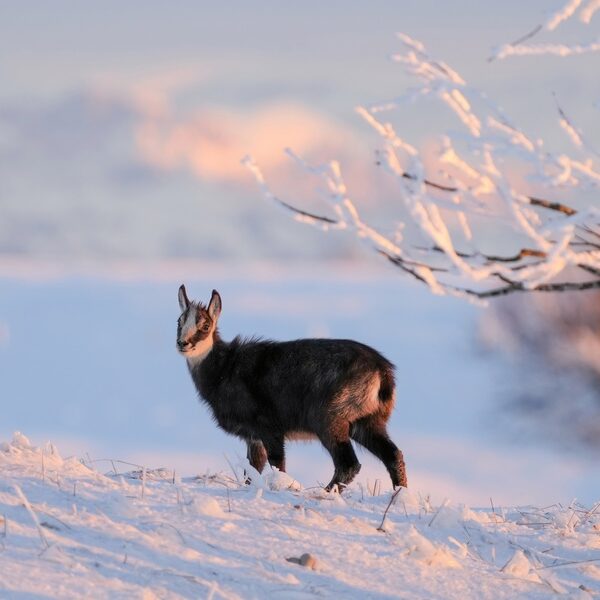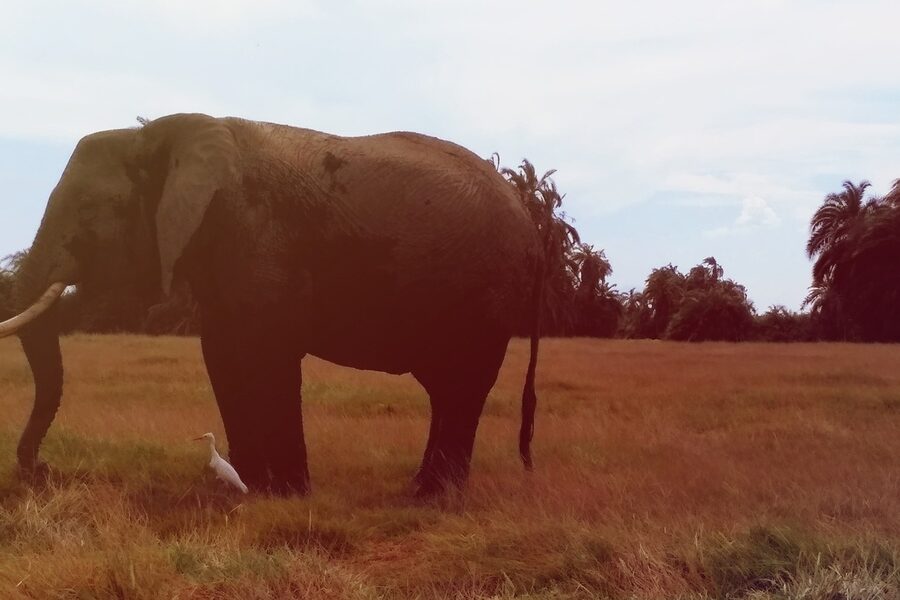Guatemala’s mix of highland cloud forests, lowland rainforests and Caribbean coasts supports an unusually wide variety of wildlife, but land conversion, logging and other threats have put many species at risk. This list is meant to give a clear picture of which animals are most imperiled and where conservation attention is needed.
There are 37 Endangered Species in Guatemala, ranging from Azure-rumped Tanager to Yucatan Black Howler Monkey to show both montane and lowland vulnerabilities. For each species you’ll find below entries organized by Scientific name, IUCN status, Guatemalan range & habitat so you can quickly see taxonomy, threat level and where to focus protection efforts.
How recent and reliable is the information in this list?
The list is based on internationally recognized sources such as the IUCN Red List plus national surveys and peer-reviewed studies when available; check each species entry for the cited assessment and date, as statuses can change with new surveys or conservation actions.
What practical steps can people take to help these species in Guatemala?
Support and visit responsibly managed protected areas, report sightings to local conservation groups, avoid buying wildlife products, and contribute time or funds to organizations working on habitat protection and community-based conservation.
Endangered Species in Guatemala
| Common name | Scientific name | IUCN status | Guatemalan range & habitat |
|---|---|---|---|
| Baird’s Tapir | Tapirus bairdii | EN | Petén, Izabal, Alta Verapaz; lowland rainforests and swamps |
| Geoffroy’s Spider Monkey | Ateles geoffroyi | EN | Petén, Alta Verapaz, Izabal; high-canopy tropical forests |
| Yucatan Black Howler Monkey | Alouatta pigra | EN | Petén Basin; lowland tropical forests |
| Horned Guan | Oreophasis derbianus | EN | Sierra de los Cuchumatanes, Sierra de las Minas; high-altitude cloud forests |
| Golden-cheeked Warbler | Setophaga chrysoparia | EN | Sierra de los Cuchumatanes, central highlands; pine-oak forests (wintering) |
| Azure-rumped Tanager | Poecilostreptus cabanisi | EN | Pacific slope of Sierra Madre (San Marcos); humid evergreen montane forests |
| Yellow-headed Parrot | Amazona oratrix | EN | Caribbean slope lowlands; savanna, gallery forests, and mangroves |
| Central American River Turtle | Dermatemys mawii | CR | Petén, Izabal, Alta Verapaz; large rivers, lakes, and lagoons |
| Guatemalan Beaded Lizard | Heloderma charlesbogerti | EN | Motagua Valley (El Progreso, Zacapa); dry thorn scrub and desert |
| Green Sea Turtle | Chelonia mydas | EN | Both Caribbean and Pacific coasts; coastal waters, nesting on sandy beaches |
| Hawksbill Sea Turtle | Eretmochelys imbricata | CR | Both Caribbean and Pacific coasts; coral reefs, mangroves, and coastal waters |
| Leatherback Sea Turtle | Dermochelys coriacea | CR | Pacific coast; open ocean, nesting on sandy beaches |
| Loggerhead Sea Turtle | Caretta caretta | EN | Pacific coast; coastal bays and estuaries, nesting on sandy beaches |
| Finca Chiblac Salamander | Bradytriton silus | CR | Sierra de los Cuchumatanes (Huehuetenango); high-altitude cloud forest |
| Jackson’s Climbing Salamander | Bolitoglossa jacksoni | CR | Cuchumatanes & Sierra de las Minas; montane cloud forests |
| Long-limbed Salamander | Nyctanolis pernix | EN | Sierra de los Cuchumatanes & Verapaz highlands; humid montane forests |
| Black-eyed Tree Frog | Agalychnis moreletii | CR | Highlands of Alta Verapaz, Baja Verapaz; montane wetlands |
| Jalapa False Brook Salamander | Pseudoeurycea exspectata | CR | Jalapa highlands; high-altitude pine-oak forests |
| Campbell’s Stream Frog | Ptychohyla campbelli | CR | Sierra de las Minas (Izabal); pristine mountain streams |
| Stuart’s Stream Frog | Ptychohyla stuarti | CR | Sierra de los Cuchumatanes (Alta Verapaz); montane streams |
| Guatemalan Fir Salamander | Dendrotriton bromeliacius | EN | Western highlands; high-altitude forests with Guatemalan Fir |
| Cuchumatanes Climbing Salamander | Bolitoglossa helmrichi | EN | Sierra de los Cuchumatanes, Alta Verapaz; montane wet forests |
| Copan Stream Frog | Ptychohyla hypomykter | CR | Sierra del Merendón (border with Honduras); lowland and premontane moist forest |
| Rabinal’s Spike-thumb Frog | Plectrohyla rabbinis | CR | Sierra de las Minas, Baja Verapaz; cloud forest streams |
| Ixil Spike-thumb Frog | Plectrohyla ixil | CR | Sierra de los Cuchumatanes (Quiché); high-altitude cloud forest streams |
| Largetooth Sawfish | Pristis pristis | CR | Caribbean coast; estuaries, river mouths, and coastal waters |
| Whale Shark | Rhincodon typus | EN | Both Caribbean and Pacific coasts; open ocean, often near the surface |
| Scalloped Hammerhead | Sphyrna lewini | CR | Both Caribbean and Pacific coasts; coastal and oceanic waters |
| Great Hammerhead | Sphyrna mokarran | CR | Both Caribbean and Pacific coasts; coastal and semi-oceanic waters |
| Oceanic Whitetip Shark | Carcharhinus longimanus | CR | Both Caribbean and Pacific coasts; deep, open ocean waters |
| Guatemalan Fir | Abies guatemalensis | EN | Western highlands; high-altitude cloud forests above 2,400 meters |
| Big-leaf Mahogany | Swietenia macrophylla | EN | Petén, Alta Verapaz, Izabal; lowland tropical moist forests |
| Honduran Rosewood | Dalbergia stevensonii | EN | Petén (border with Belize); lowland riparian forests |
| Robust Cycad | Ceratozamia robusta | EN | Alta Verapaz, Quiché; humid subtropical forests |
| Xerographica Air Plant | Tillandsia xerographica | EN | Motagua Valley; arid, thorny forests and scrubland |
| Steyermark’s Magnolia | Magnolia steyermarkii | EN | San Marcos, Quetzaltenango; high-altitude cloud forests |
| Volcano Bamboo | Chusquea vulcanalis | EN | Volcanic slopes (Atitlán, Fuego); high-altitude volcanic slopes |
Images and Descriptions
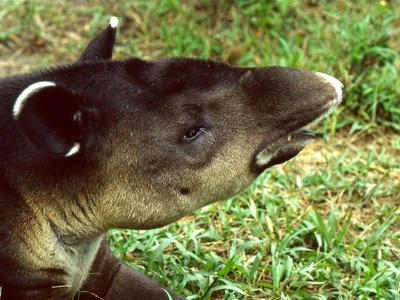
Baird’s Tapir
Often called the “gardener of the forest,” this is Central America’s largest native land mammal. Its prehensile snout helps it forage for leaves and fruit. It faces severe threats from habitat fragmentation due to agriculture and logging, as well as illegal hunting.
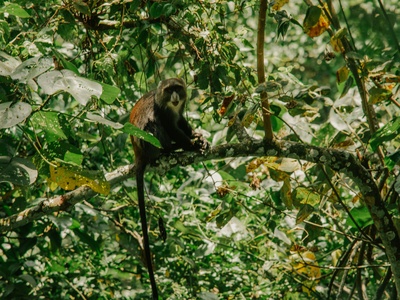
Geoffroy’s Spider Monkey
Known for its incredibly long limbs and prehensile tail, this agile primate swings through the forest canopy searching for fruit. Habitat loss from deforestation for cattle ranching and agriculture is its primary threat, fragmenting populations and reducing food sources.

Yucatan Black Howler Monkey
Famous for its deafening territorial roars that can travel for miles, this monkey is a keystone species for seed dispersal. It is highly vulnerable to habitat destruction from expanding agriculture and is also threatened by hunting and disease outbreaks.
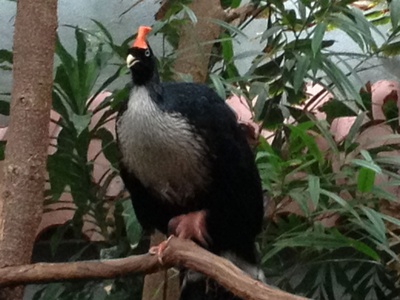
Horned Guan
This unique, turkey-sized bird is named for the striking red “horn” on its head. A living fossil with no close relatives, it is restricted to humid cloud forests above 1,500 meters, which are rapidly disappearing due to agricultural expansion and logging.
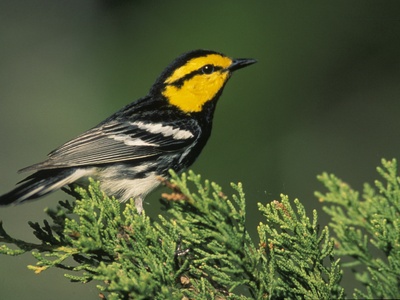
Golden-cheeked Warbler
This vibrant songbird breeds exclusively in Texas but spends its winters in the pine-oak highlands of Guatemala. Its survival is threatened by the loss of its specific wintering habitat due to logging, firewood collection, and agricultural conversion.
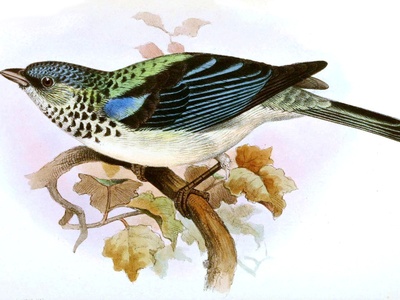
Azure-rumped Tanager
A brilliantly colored bird with a tiny global range shared between Guatemala and Mexico. It inhabits the canopy of cloud forests between 800 and 1,900 meters. Its specialized habitat is severely fragmented and threatened by coffee plantations and cattle ranching.

Yellow-headed Parrot
Prized for its ability to mimic human speech, this beautiful parrot has been decimated by the illegal pet trade. Poaching of nestlings, combined with widespread habitat loss for agriculture, has pushed its wild populations to the brink of collapse.

Central American River Turtle
Locally known as “hickatee,” this large, fully aquatic turtle is the last surviving species in its ancient family. It is critically endangered due to relentless over-harvesting for its meat, which is considered a delicacy, and widespread habitat degradation.
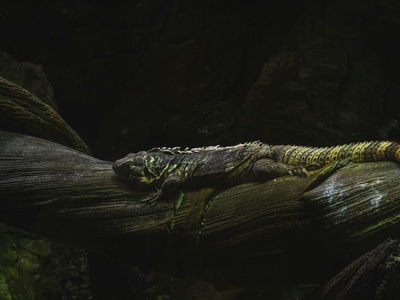
Guatemalan Beaded Lizard
One of the world’s few venomous lizards, this stunning reptile is found only in the arid Motagua Valley. Its habitat is being destroyed for agriculture, and individuals are often killed out of fear, making it one of the most endangered lizards on Earth.

Green Sea Turtle
This large herbivorous sea turtle migrates vast distances to feed on seagrass and nest on tropical beaches. In Guatemala, it faces threats from illegal egg harvesting, entanglement in fishing gear, plastic pollution, and coastal development destroying nesting sites.
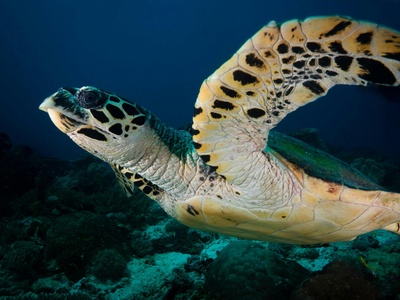
Hawksbill Sea Turtle
Named for its narrow, hawk-like beak, this turtle is crucial for the health of coral reefs. It has been hunted to near extinction for its beautiful “tortoiseshell” carapace. Egg poaching, bycatch, and destruction of nesting beaches remain severe threats.

Leatherback Sea Turtle
The largest of all living turtles, the leatherback can dive to incredible depths. The East Pacific population, which nests in Guatemala, is critically endangered due to incidental capture in fisheries, egg poaching, and plastic ingestion, which they mistake for jellyfish.

Loggerhead Sea Turtle
Characterized by its large head and powerful jaws for crushing shells, the loggerhead is a vital marine predator. The North Pacific population is endangered by bycatch in commercial fishing operations, loss of nesting habitats, and marine pollution.
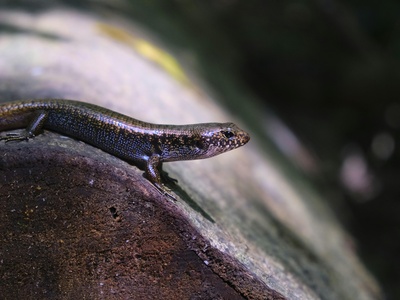
Finca Chiblac Salamander
This enigmatic salamander is known from a single location in a remote, high-altitude cloud forest. Its extremely limited range makes it highly susceptible to habitat loss from agricultural expansion and the potential impacts of climate change on its fragile environment.

Jackson’s Climbing Salamander
A striking yellow-and-black salamander, it was lost to science for over 40 years before being rediscovered in 2017. Living in bromeliads in cloud forests, it’s critically threatened by habitat conversion for agriculture and the effects of climate change.

Long-limbed Salamander
An incredibly agile, long-limbed salamander adapted for life in trees and bromeliads. Its survival is tied to the health of pristine, humid forests, which are shrinking due to logging, agriculture, and increasing temperatures that threaten its moist habitat.
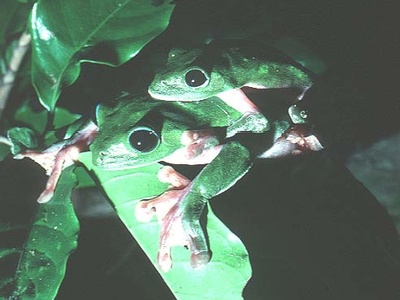
Black-eyed Tree Frog
Once common, this stunning frog with a green body and deep black eyes has suffered catastrophic declines. It’s highly vulnerable to the deadly chytridiomycosis fungal disease, compounded by widespread deforestation of its forest and wetland breeding habitats.
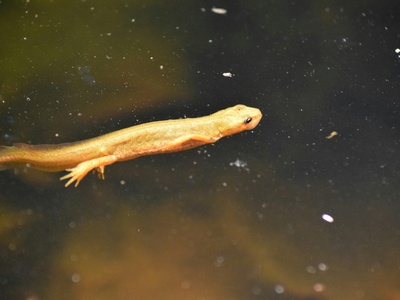
Jalapa False Brook Salamander
This rare salamander is restricted to a small volcanic massif in southern Guatemala. Its entire habitat is under severe pressure from logging for firewood, expanding subsistence agriculture, and cattle grazing, leaving its future extremely precarious.
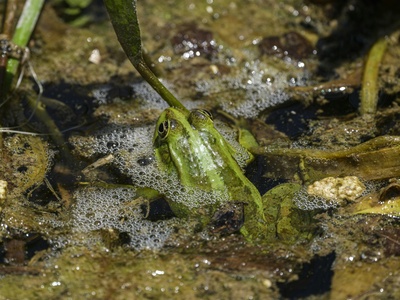
Campbell’s Stream Frog
A rare frog that depends entirely on clear, fast-flowing mountain streams for survival and breeding. Its population has been decimated by the chytrid fungus and is further threatened by deforestation that pollutes and alters its essential stream habitats.
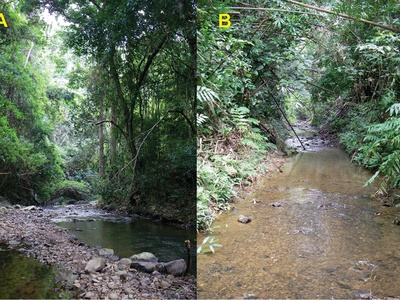
Stuart’s Stream Frog
This critically endangered frog lives along pristine streams in the Verapaz highlands. Like many stream-dwelling amphibians, it has experienced severe population crashes due to the chytrid fungus, with habitat loss from agriculture further imperiling survivors.
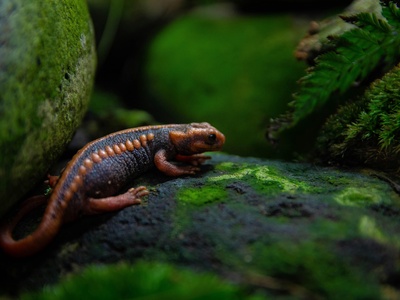
Guatemalan Fir Salamander
This small salamander inhabits bromeliads growing on the endangered Guatemalan Fir tree, making it doubly vulnerable. Its survival is directly linked to the fate of these high-altitude forests, which are threatened by logging, climate change, and habitat conversion.

Cuchumatanes Climbing Salamander
An arboreal salamander found in the cloud forests of central Guatemala. It relies on the humid microhabitats provided by bromeliads and moss mats. The primary threat is large-scale habitat loss due to expanding coffee and cardamom plantations.
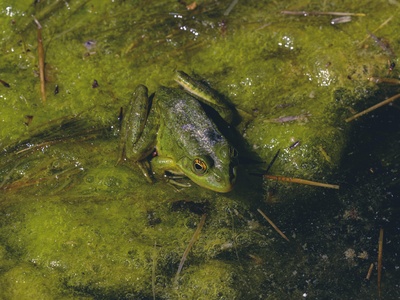
Copan Stream Frog
This frog is found in splash zones of cascades in pristine streams. It has suffered dramatic declines, likely due to the chytrid fungus. Deforestation for cattle ranching and agriculture degrades the water quality essential for its survival.
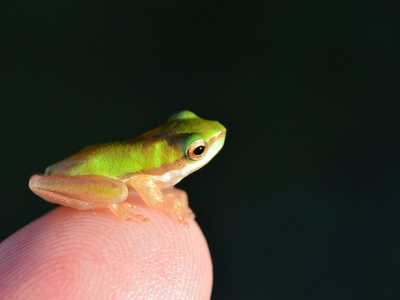
Rabinal’s Spike-thumb Frog
Known from a very small area, this frog is adapted to life in and around cold, clear mountain streams. Chytridiomycosis is believed to have caused a massive population decline, and any habitat disturbance from agriculture poses a grave, ongoing threat.
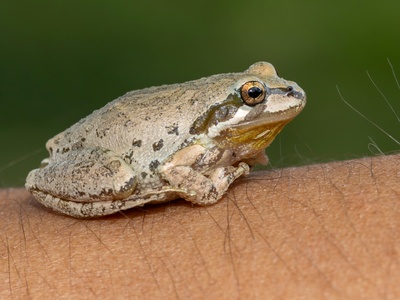
Ixil Spike-thumb Frog
Another highly specialized stream-breeding frog, the Ixil Spike-thumb is restricted to a tiny area of the Cuchumatanes mountains. It is critically endangered due to the devastating effects of chytrid fungus and habitat loss from agricultural encroachment.
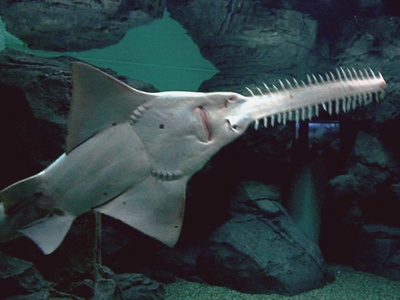
Largetooth Sawfish
A truly unique fish, part of the ray family, with a long, tooth-studded rostrum used to stun prey. Its saw-like snout makes it extremely susceptible to entanglement in fishing nets, and habitat degradation of coastal nurseries has led to its disappearance.

Whale Shark
The world’s largest fish, this gentle, filter-feeding giant roams tropical oceans. While not targeted directly, it is threatened by bycatch in large-scale fishing operations, vessel strikes, and impacts from unregulated tourism on its feeding grounds.
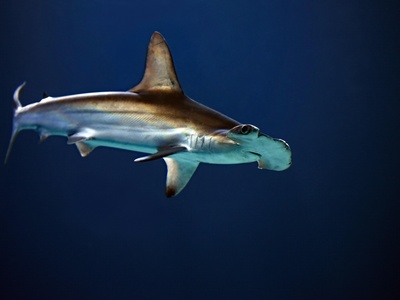
Scalloped Hammerhead
Easily recognized by its uniquely shaped “hammer” head, this shark forms large schools. It is critically endangered due to extreme fishing pressure, both as a target for its fins and as bycatch. Its slow reproductive rate makes it very difficult to recover.
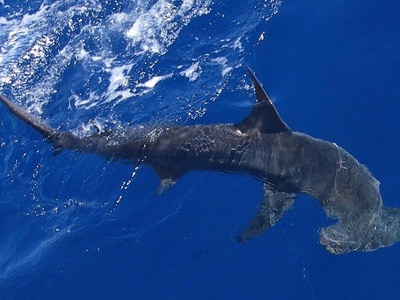
Great Hammerhead
The largest of the hammerhead species, this powerful, solitary predator is sought after for its exceptionally large fins for the shark fin trade. Overfishing has caused a catastrophic decline in its population throughout its range.

Oceanic Whitetip Shark
Once one of the most abundant sharks in the open ocean, this species is recognized by its long, white-tipped fins. It has suffered a devastating population crash primarily due to being caught as bycatch in tuna and swordfish longline fisheries.

Guatemalan Fir
The southernmost fir species in the Americas, this majestic conifer is heavily logged for timber, charcoal, and the Christmas tree trade. Its high-altitude forest habitat is also being rapidly cleared for corn and potato farming, fragmenting populations.
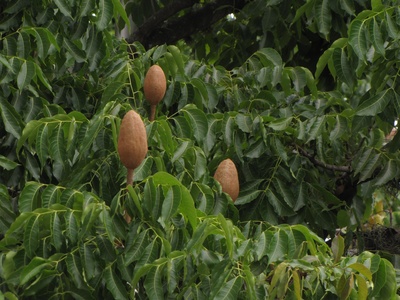
Big-leaf Mahogany
One of the world’s most valuable timber species, its rich, reddish-brown wood has led to rampant illegal logging across its range. Selective logging degrades forests and has drastically reduced populations of mature, seed-bearing trees in Guatemala.

Honduran Rosewood
Highly prized for its dense, beautifully colored wood used in high-end musical instruments, this tree has been subjected to intense and often illegal harvesting. Its slow growth and restriction to riverine habitats make it extremely vulnerable to overexploitation.

Robust Cycad
A primitive, palm-like plant from the age of dinosaurs, this cycad is threatened by habitat destruction for coffee plantations and cattle ranching. Over-collection for the ornamental plant trade also puts significant pressure on its remaining wild populations.
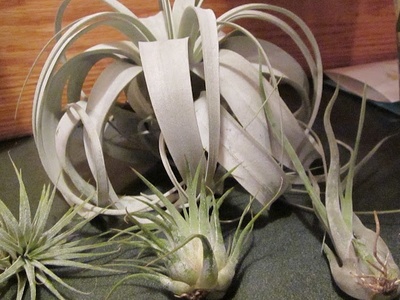
Xerographica Air Plant
A large, striking bromeliad known as the “Queen of the Air Plants.” Its unique, silvery appearance has made it extremely popular in the international ornamental plant trade, leading to widespread illegal collection that has decimated its wild populations.

Steyermark’s Magnolia
A rare magnolia tree endemic to the high mountains of western Guatemala. It is found in cloud forests that are severely fragmented and threatened by the expansion of subsistence farming, coffee plantations, and logging for firewood and timber.

Volcano Bamboo
A species of bamboo that is a critical component of the habitat for specialized species like the Horned Guan. Its habitat on high volcanic slopes is threatened by deforestation for agriculture, particularly corn cultivation, and altered fire regimes.


